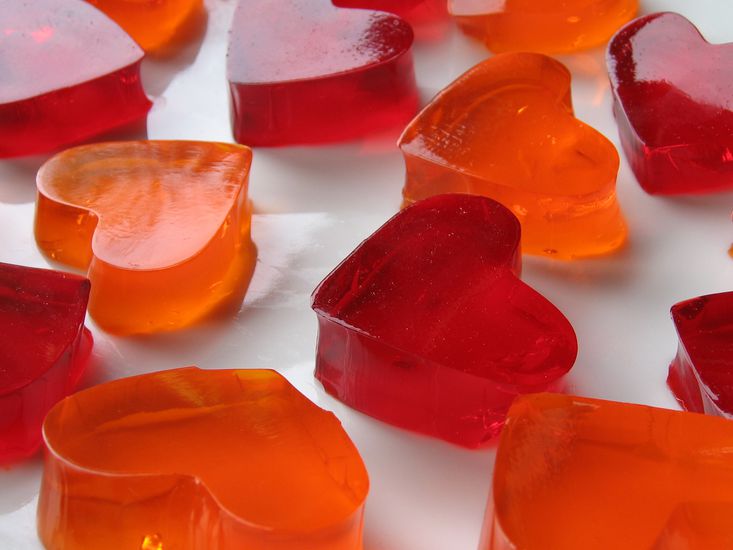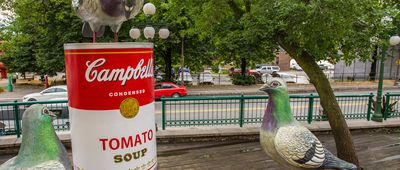Culinary Chronicles
Though there are more food brands these days than any person could possibly commit to memory, a few have been around for so long and are so iconic that we not only know them by name, but recognize their logos, jingles, and slogans decades or more after they enter the national lexicon. Here are some of those brands, in no particular order, as well as the year they first cracked America's culinary landscape.



























































